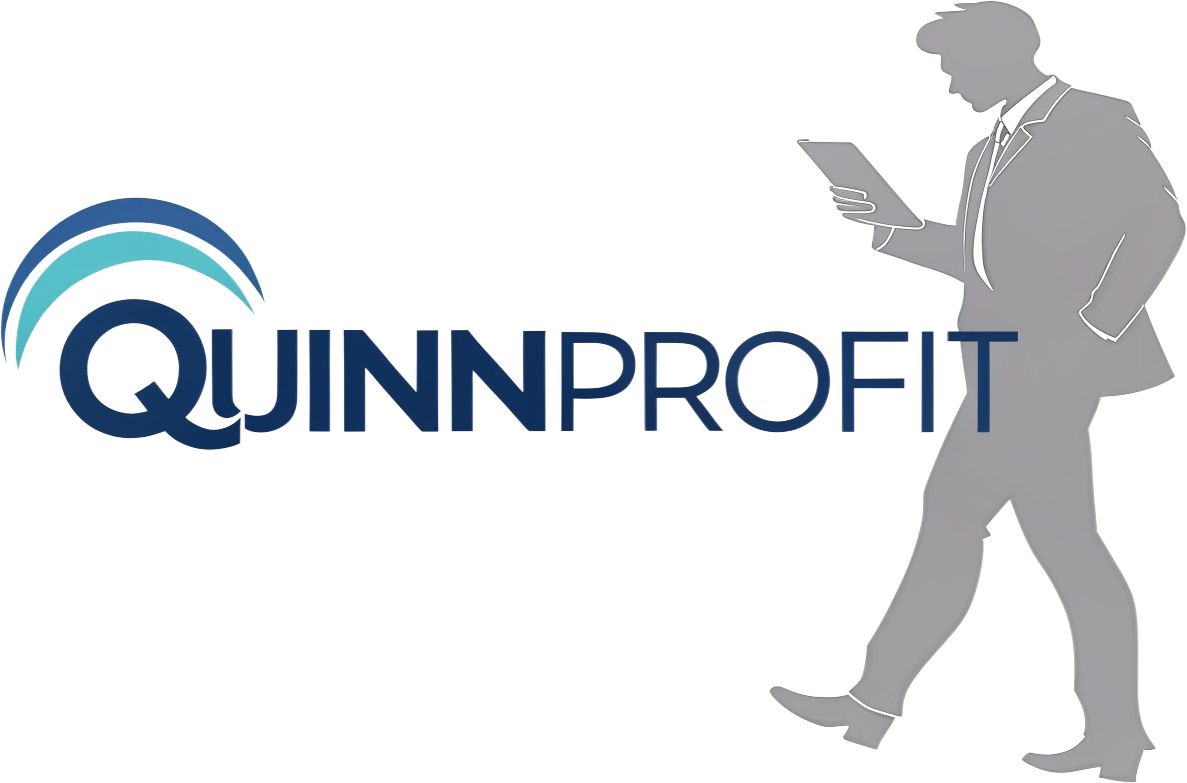In today’s hyperconnected digital landscape, lead management has moved far beyond cold calls and static spreadsheets. As buyer behaviors evolve and technology advances, so too must the strategies businesses use to attract, qualify, and convert leads.
The modern sales environment demands speed, precision, and relevance — and that’s where automation and personalization come into play. Together, they’ve redefined what effective lead management looks like, transforming it from a reactive process into a proactive, intelligent growth engine.
In this blog, we explore how lead management has evolved and why embracing automation and personalization is no longer optional — it’s essential.
A Look Back: Traditional Lead Management
In the past, lead management was largely manual. Sales teams relied on:
-
Excel spreadsheets to track contacts
-
Cold calling with generic pitches
-
Paper forms at trade shows
-
Guesswork-based qualification
-
Little to no integration between marketing and sales
While these methods got the job done for a time, they were labor-intensive, slow, and often ineffective — especially as customer expectations changed and competition intensified.
The Shift: Why the Old Ways Don’t Work Anymore
Today’s buyers are more informed, digitally savvy, and selective. They expect:
-
Fast responses
-
Personalized communication
-
Seamless digital experiences
-
Relevant, timely content
With access to product reviews, competitor comparisons, and social proof, the power dynamic has shifted to the buyer. Manual lead management simply can’t keep up.
Phase One: The Rise of Automation
Automation brought the first wave of transformation to lead management. It enabled businesses to scale outreach, reduce human error, and nurture leads more effectively.
Key Innovations:
-
CRM platforms that centralize lead data
-
Marketing automation tools for email, social, and campaign management
-
Lead scoring algorithms to prioritize outreach
-
Auto-responders and chatbot assistants to engage leads instantly
Benefits:
-
Faster response times
-
Improved lead tracking and qualification
-
Consistent, timely follow-ups
Phase Two: The Age of Personalization
While automation streamlines efficiency, personalization builds trust and drives conversion. The most successful businesses now combine both to engage leads meaningfully at scale.
Modern Personalization Includes:
-
Custom messaging based on industry, role, or pain points
-
Dynamic website content and product recommendations
-
Personalized email subject lines and content based on user behavior
-
One-on-one video messages from sales reps
Tools Enabling Personalization:
-
AI-powered CRMs (e.g., HubSpot, Salesforce, Zoho)
-
Behavioral tracking and analytics
-
Real-time intent data and predictive modeling
Automation + Personalization = The Modern Lead Engine
When used together, automation and personalization create a seamless experience for both the buyer and the seller. Here’s how they work in harmony:
| Automation | Personalization |
|---|---|
| Automates repetitive tasks (emails, alerts, task assignments) | Tailors communication to user behavior and profile |
| Routes leads based on scoring or geography | Delivers customized value propositions |
| Schedules follow-ups at optimal times | Sends relevant content based on buyer journey stage |
Outcome: Higher engagement rates, faster conversions, and happier customers.
Key Strategies for Modern Lead Management
1. Use AI-Enhanced Lead Scoring
Go beyond basic demographics and use AI to score leads based on engagement, firmographics, and behavior patterns.
2. Create Multi-Channel Nurture Flows
Automate nurturing through email, social media, SMS, and chat — with content tailored to each touchpoint.
3. Segment Your Leads Intelligently
Group leads by interest, behavior, industry, or lifecycle stage to send more targeted and impactful messages.
4. Monitor and Optimize in Real Time
Use dashboards and analytics tools to track performance and continuously improve your campaigns.
5. Align Marketing and Sales Around Shared Data
Ensure both teams use the same CRM, follow unified processes, and share feedback to refine lead quality and follow-up timing.
The Future: Predictive and Adaptive Lead Management
The next frontier is about anticipating needs before they’re expressed. Using AI, machine learning, and big data, businesses can:
-
Predict which leads are likely to convert
-
Adapt messaging in real-time based on behavior
-
Automatically shift nurture strategies as leads move down the funnel
This not only increases conversions but also creates more human-like digital experiences.
Conclusion: Adapt or Be Left Behind
Lead management has evolved from a linear, manual process into a dynamic, data-driven discipline. If your business isn’t embracing automation and personalization, you’re likely missing opportunities and wasting resources.
By leveraging modern tools and aligning your teams around intelligent workflows, you can:
-
Reduce lead response time
-
Improve lead quality
-
Deliver personalized experiences at scale
-
Drive faster, more sustainable growth
The future of lead management is here. Are you ready to evolve with it?




